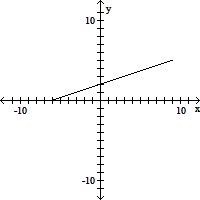Construct a probability model for the experiment.Spinner I has 3 sections of equal area, numbered 1, 2, and 3. Spinner II has 3 sections of equal area, labeled Red, Yellow, and Green. Spin Spinner I twice, then Spinner II.What is the probability of getting a 2, followed by a 1, followed by Yellow or Red?
What will be an ideal response?
S = {11 Red, 11 Yellow, 11 Green, 12 Red, 12 Yellow, 12 Green, 13 Red, 13 Yellow, 13 Green, 21 Red, 21 Yellow, 21 Green, 22 Red, 22 Yellow, 22 Green, 23 Red, 23 Yellow, 23 Green, 31 Red, 31 Yellow, 31 Green, 32 Red, 32 Yellow, 32 Green, 33 Red, 33 Yellow, 33 Green };
Each outcome has a probability of  .
.
The probability of getting a 2, followed by a 1, followed by Yellow or Red is  .
.
You might also like to view...
Solve the problem.If p > 1 and q > 1, what can be said about the convergence of  ?
?
A. Always converges B. May converge or diverge C. Always diverges
Identify the function's local and absolute extreme values, if any, saying where they occur.f(x) = 
A. absolute minimum: 3 at x = -3 B. no local extrema C. absolute maximum: 3 at x = -3 D. relative minimum: 3 at x = -3; relative maximum: -3 at x = 3
Solve the formula for the specified variable.A =  h(a + b) for b
h(a + b) for b
A. b = 
B. b = 
C. b = 
D. b = 
Graph the pair of parametric equations in the rectangular coordinate system.x = 3t, y = t + 2; -2 ? t ? 3 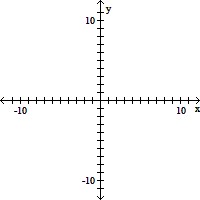
A. 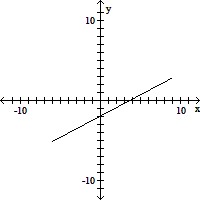
B. 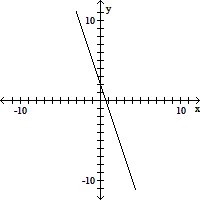
C. 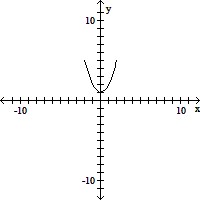
D. 